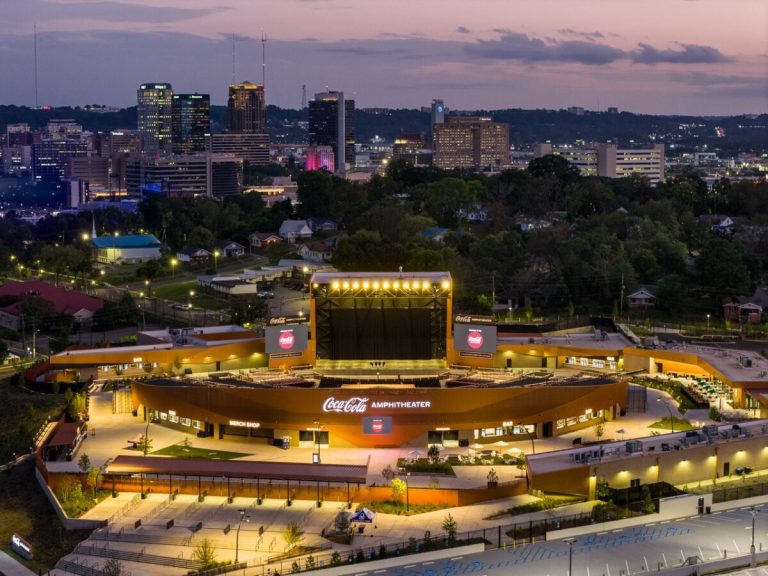SpaceX splashes down in the Gulf with UAB devices on board
Reading time: 2 minutes

The SpaceX’s Crew Dragon “Endeavour” made its historic splash in the Gulf of Mexico near Pensacola on Sunday, August 2. Why is UAB’s Engineering and Innovative Technology Department (EITD) so excited? Find out!
UAB’s Involvement
The rocket didn’t just carry astronauts Robert Behnken and Douglas Hurley from the International Space Station back home to Earth. It also hauled science experiments and other cargo.
This cargo included two rapid-freeze devices, the Polar unit and the Glacier unit, designed and built by engineers at UAB’s Engineering and Innovative Technology Department. The designs were part of a $3.6M contract with with NASA.
Why rapid-freeze devices?
When freezing biological samples as part of a scientific experiment, the most important thing is to freeze the samples as quickly as possible. With UAB’s devices, astronauts were able to do just that during their two-month mission that began on May 30, 2020.
A Historic Event

Any time a rocket manages to blast in and out of orbit, it’s rather amazing, but there are several more reasons this particular mission is one of interest:
- It was NASA’s first crew water landing since 1975’s Apollo–Soyuz.
- Though UAB has had dozens of payloads travel to and from the ISS in recent years, these were their first two units to return to Earth in a crewed water landing.
Interesting facts about the launch:
- The Polar unit launched in July 2019
- The Glacier unit launched in April 2014 and became part of a record 22 UAB-built payloads on board the International Space Station at one time.
- The Glacier orbited Earth more than 35,000 times over the past 6 years, which is estimated to be over 883,500,000 miles traveled.
Now what?
Now that the launch is complete, the fun continues for the EITD team at UAB as they refurbish the units for use in future missions.



